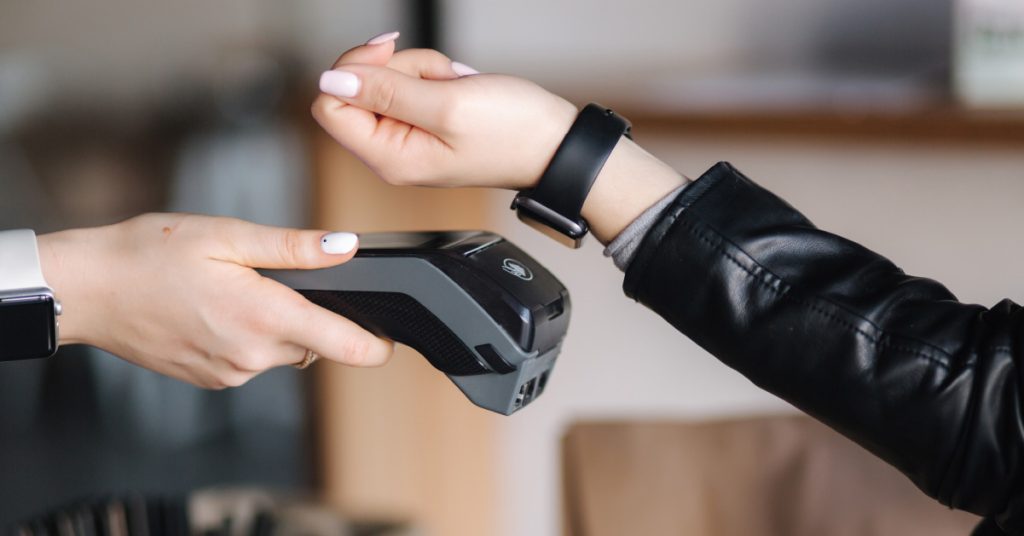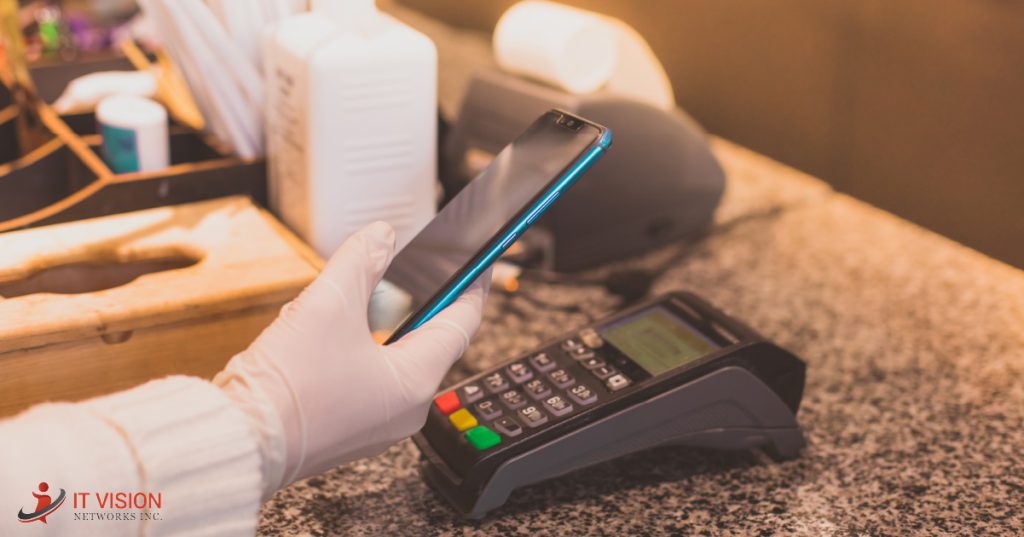RFID readers are becoming important because these tools transform industries from retail to logistics. Nowadays, every business seeks efficient ways to manage and track assets organizationally. This article is a comprehensive guide that will let you explore RFID readers, how they work, fixed RFID readers, their application types, and how to select them.
What is an RFID Reader?
An RFID reader is a device that identifies and tracks items equipped with RFID tags. The user can retrieve the information on these tags using radio waves.

How Do RFID Readers Work?
RFID readers emit radio waves that activate the RFID tag. When the tag is in the range, it transmits data back to the reader, which then processes the information and sends it to a connected computer system
Using Encryption
Encrypt data transmitted between the reader and the system.
Implementing Access Controls
Limit who can access the reader and the system.
Regular Monitoring
Continuously monitor for unusual activity.
Here is a process list of RFID card readers how to work:
Signal Emission
An RFID reader sends out a signal using its antenna.
Tag Activation
This signal turns on the RFID tag, sending its information.
Data Collection
The RFID reader identifies and transmits the data to a computer for proper processing.
Desktop RFID Readers can track small items by reading nearby tags from a close range, making many applications worth using.

Choose Smartly–Zebra RFID Readers, Handheld RFID readers, or UHF RFID readers
You need to be careful when selecting an RFID reader. Before purchasing, consider what you must know about them.
Frequency Coverage
RFID readers detect the different frequency bands (Low, High, and Ultra-High). This is necessary because no RFID reader can read the tags without them.
Reading Range
A Reader’s effective reading range is essential. Choose one that’s sufficient for your application.
Connection Options
They may offer different connection methods, such as USB, Ethernet, or Wi-Fi, which helps integrate with other systems.
Durability
Choose sturdy readers that can withstand the elements for industrial or outdoor use.
Applications of RFID Readers
RFID readers have found applications across industries, bringing efficiency to many tasks. Here are some examples:
1. Inventory
Many retailers and warehouse owners are considering using RFID readers to maintain inventory and decrease the risk of error. This feature is very beneficial, improves stock levels, and saves time on restocking.
2. Asset
Companies use RFID readers to track tools, equipment, and vehicles, which improves visibility into asset stock while reducing loss and improving returns.
3. Access Control
RFID readers are key to secure access! With their help, only authorized individuals with RFID tags or cards are approved for entrance.
4. Supply Chain
In logistics, RFID readers ensure that packages are scanned often enough that they don’t get lost in the supply chain, improving transparency in the system.
5. Healthcare
Hospitals use RFID readers to track equipment, medicine inventory, and even patients, which improves utilization and reduces loss.
Advantages of RFID Readers
RFID readers have some advantages over the alternatives:
Speed and efficiency
Scanning items without a direct line of sight reduces inventory checking time.
Accuracy
Picking up signals from tags eliminates human error.
Integration
RFID devices can be integrated with other software and systems, such as inventory or logistics management systems.
Considerations and Challenges
RFID technology also has some challenges;
Cost
The upfront cost is high.
Interference
Metal or water blocks the signals.
Privacy
Use a standalone system.
Selecting an RFID Reader
Select a reader based on its needs.
So, Choosing the most RFID reader will vary from use to use, Here is how:
- Know your needs
- Compare models
- Consider features, lifespan, and compatibility.
- Field test—Before buying a reader, test it in your field conditions to ensure it can do what you need.
Conclusion
RFID readers have become a cornerstone of contemporary tracking and management systems, providing powerful solutions for different industries, with the knowledge of how RFID works, whether passive or active, used to read or write, how it can be applied in your business to increase throughput, cost-effectiveness, and security.
Shop RFID Reader
FAQs
What is an RFID reader?
An RFID reader is a device that communicates with RFID tags to retrieve and process data stored on them via radio frequency signals. It is used to identify and track objects or people with RFID tags.
How do RFID readers work?
RFID readers emit a radio frequency signal that activates nearby RFID tags. The tags then transmit their stored information back to the reader, which processes the data and sends it to a computer system for further action.
What are the different types of RFID readers?
The main types of RFID readers are:
- Stationary readers for continuous monitoring.
- Handheld devices for flexible scanning.
- Compact units combining reader and antenna.
- For close-range applications like access control.
What is the difference between active and passive RFID readers?
Communicate with passive tags, which do not have a power source and rely on the reader’s signal to transmit data, suitable for short to medium ranges.
What frequency ranges do RFID readers operate on?
FID readers operate on three main frequency ranges:
- 125-134 kHz, suitable for short-range applications.
- 13.56 MHz, used for mid-range and security-sensitive applications.
- 865-960 MHz, ideal for long-range and high-speed reading.
What is the typical read range of an RFID reader?
The read range varies by frequency and type of reader:
- Up to 10 cm (4 inches).
- Up to 1 meter (3 feet).
- Up to 12 meters (39 feet) or more, depending on conditions.
Can RFID readers handle multiple tags simultaneously?
Yes, RFID readers can handle multiple tags at once through a process called anti-collision, which enables the reader to read and distinguish between multiple tags in its field.
How do RFID readers connect to other systems?
RFID readers connect to other systems via various interfaces such as USB, Ethernet, Wi-Fi, or Bluetooth. This allows them to integrate with computers, networks, or cloud systems for data processing and management.
Where are RFID readers commonly used?
RFID readers are used in various applications, including:
- Tracking stock in retail and warehouses.
- Monitoring equipment and tools.
- Managing entry to secure areas.
- Real-time tracking of goods.
- Managing medical equipment and patient movement.
How do RFID readers improve inventory management?
RFID readers improve inventory management by providing quick and accurate tracking of items, reducing manual counting, minimizing errors, and enabling real-time visibility of stock levels.
What role do RFID readers play in access control?
RFID readers control access by reading RFID tags or cards to verify identities, ensuring only authorized individuals can enter restricted areas, thereby enhancing security.
What should I consider when buying an RFID reader?
Consider the following when buying an RFID reader:
- Ensure it matches the RFID tags you plan to use.
- This should suit your application needs.
- Especially for industrial or outdoor use.
- Check for the required interfaces and integration capabilities.
Where can I buy RFID readers?
RFID readers can be purchased from specialized electronics retailers, online marketplaces like Amazon, or directly from manufacturers. Reputable brands include Zebra Technologies, Alien Technology, and Impinj.
How do I install an RFID reader?
Installation steps can vary, but generally include:
- Fixed readers need to be mounted securely.
- Ensure power supply and network connectivity.
- Set up the reader through its software interface to communicate with your system.
What should I do if my RFID reader isn’t detecting tags?
If your RFID reader isn’t detecting tags:
- Ensure the tags are within the reader’s range.
- Confirm the reader and tags operate on the same frequency.
- Look for interference from metals or liquids.
- Ensure the reader’s firmware is up to date.
How often should RFID readers be maintained?
Regular maintenance should be performed at least annually or as recommended by the manufacturer. This includes cleaning the device, checking connections, and updating software or firmware.
Can RFID readers be used outdoors?
Yes, but ensure you use RFID readers designed for outdoor use, which are typically weatherproof and more rugged to withstand harsh conditions.
Are RFID readers secure?
RFID readers themselves are generally secure, but security depends on the overall system implementation. Use encrypted communication and secure networks to protect data.
Can RFID readers be hacked?
While RFID readers can be vulnerable to hacking, risks can be mitigated by using encrypted communication, strong authentication protocols, and regular security updates.


